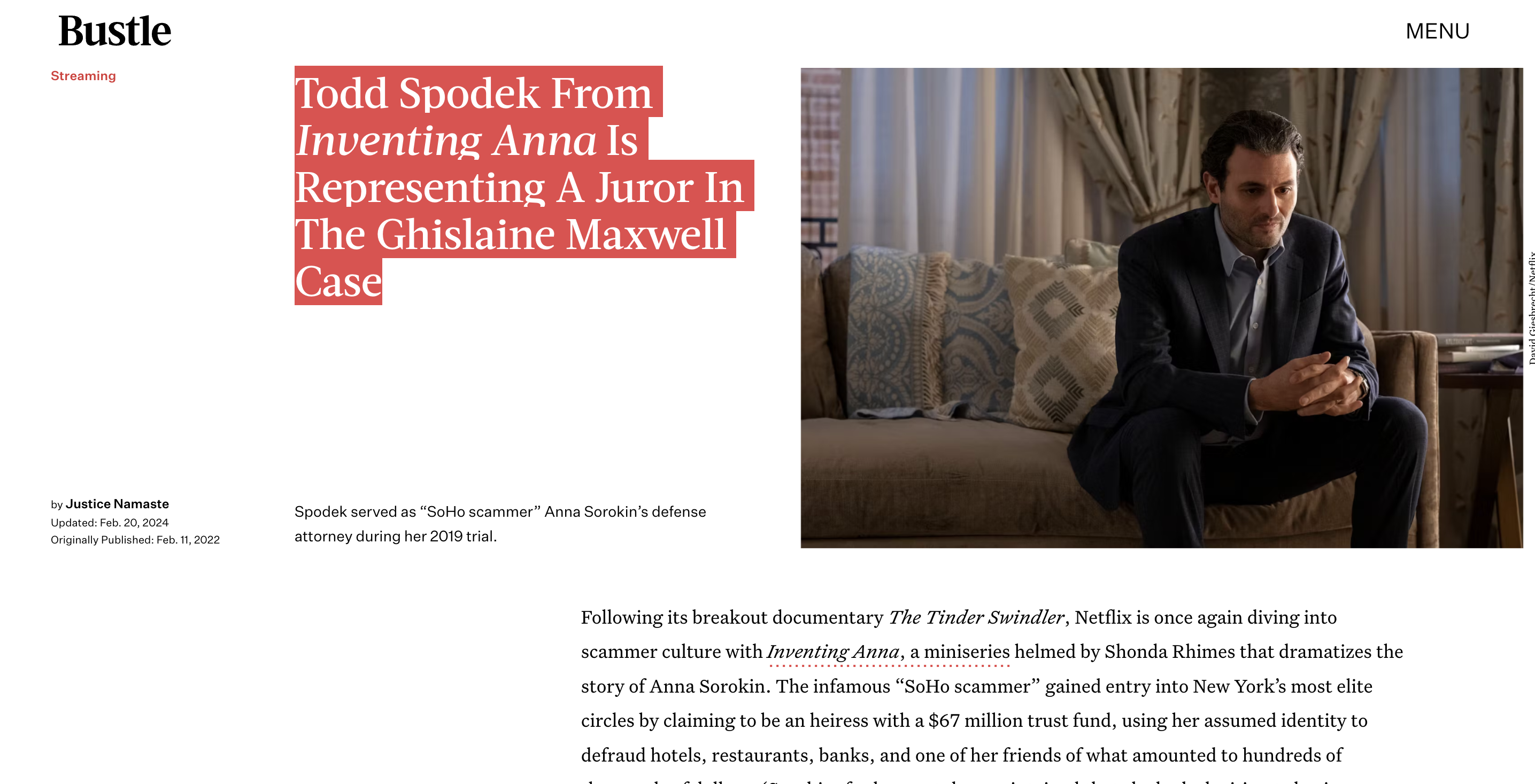Blog
Using Sureties and Bonds to Secure Bail Release in Counterfeiting Cases
Contents
Using Sureties and Bonds to Secure Bail Release in Counterfeiting Cases
When someone is arrested on counterfeiting charges, one of the first things they will need to do is post bail in order to be released from jail while their case makes its way through the criminal justice system. Bail is a sum of money set by the court that serves as collateral to ensure the defendant shows up for all required court appearances. If the defendant misses a court date or violates any other conditions of their release, they forfeit the bail money.
How Bail Bonds Work in Counterfeiting Cases
When setting bail in a federal counterfeiting case, the judge will consider factors like the defendant’s criminal history, ties to the community, potential danger to the public if released, and flight risk. Given the seriousness of counterfeiting charges, bail amounts can easily be in the tens or hundreds of thousands of dollars range. This is where a bail bond can help secure pretrial release.

After the judge sets bail, the defendant contacts a bail bond company and fills out an application. The bondsman charges a nonrefundable fee, usually 10% of the total bail. For a $100,000 bail, the fee would be $10,000. The bondsman keeps this fee regardless of case outcome. The bondsman also collects collateral, like property or cash, to secure the remaining $90,000. This protects the bondsman in case the defendant flees. The bondsman then posts the full $100,000 bail on the defendant’s behalf, allowing for release from jail.
The defendant must check in regularly with the bondsman and follow all release conditions set by the court. If the defendant misses a court date or violates any conditions, the bondsman is responsible for the full $100,000 bail. The bondsman will first seek payment from the collateral provided. But if that doesn’t cover the full amount, the bondsman can sue the defendant for the balance. The bondsman has a lot of financial incentive to make sure the defendant complies with all conditions.
Using Sureties to Secure Bail Release
Sureties are another option for posting bail in counterfeiting cases. A surety agrees to be legally and financially responsible for the defendant showing up to all court proceedings. If the defendant flees, the surety must pay the full bail amount to the court. Family members, friends, or employers often agree to act as sureties.
Let’s say bail is set at $50,000, and the defendant’s brother agrees to act as surety. The brother would sign a promissory note with the court for the full $50,000. He may also have to provide financial documentation proving ability to cover the bail amount. If the defendant makes all court appearances, the brother has no further obligation. But if the defendant flees, the brother must pay the full $50,000 or face his own legal consequences.
The court may allow multiple sureties to cover the full bail amount. For example, two friends could each agree to $25,000 promissory notes. The benefit with multiple sureties is the financial burden is spread across several people. The drawback is there are more relationships to manage.
Weighing Pros and Cons of Bonds vs. Sureties
When looking to secure bail release in a counterfeiting case, the defendant must decide between a bail bond or surety. There are pros and cons to each option.
Pros of bail bonds:
- Only have to pay 10% of full bail amount upfront
- Bondsman handles all filings and paperwork with court
- Bondsman provides reminders about court dates
- No need to ask family/friends to take on financial risk
Cons of bail bonds:
- Must pay nonrefundable fee to bondsman, even if found not guilty
- Bondsman may require strict check-ins and monitoring
- Bondsman has financial incentive to revoke bond if any issue
- Still need collateral in case of flight risk
Pros of using a surety:
- Don’t have to pay any upfront fees
- Surety is often a family member or friend willing to help
- Only pay bail if defendant flees
Cons of using a surety:
- Surety takes on significant financial risk
- Places relationship burden on family/friend acting as surety
- Defendant still needs assets to reimburse surety if flees
- Multiple sureties splits financial burden but adds complexity
There are good arguments on both sides. The choice often comes down to the defendant’s personal circumstances and relationships. For those without close family/friend options or the means to reimburse a large bail amount, a bail bond may be the only viable path to pretrial release.
The Bail Reform Movement
In recent years, there has been a growing movement to reform the bail system in America. Critics argue the current cash bail model unfairly penalizes the poor. Those unable to afford bail, bonds, or sureties face extended pretrial detention even when accused of minor crimes. This disrupts jobs, housing, and family life. It also pressures innocent people to accept plea deals just to get out of jail.
In response, some jurisdictions have implemented risk assessment tools to help judges determine if defendants are good candidates for pretrial release. This reduces reliance on cash bail. Other reforms like automatic pretrial release for low-level crimes, unsecured bonds, and deposit bail also limit the need for bail bonds or sureties.
Despite growing momentum for change, money bail remains the predominant system in the U.S. for now. While the bail reform debate continues, bonds and sureties will remain go-to options for defendants seeking pretrial release in counterfeiting and other criminal cases.
The Bottom Line
Gaining pretrial release is crucial for counterfeiting defendants to aid in building their legal defense. While cash bail is the most common method, bonds and sureties allow defendants without sufficient cash to still get out of jail. Bonds provide the convenience of only paying a portion upfront, but come with fees and strict monitoring. Sureties avoid fees but place financial burden on family and friends. The bail reform movement seeks to limit reliance on all forms of cash bail, but until reforms are widely enacted, bonds and sureties provide options for defendants to secure their freedom pending trial.
Sources:









